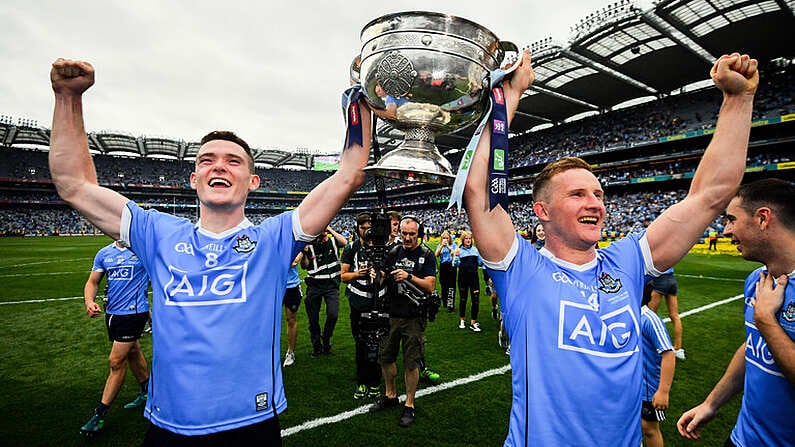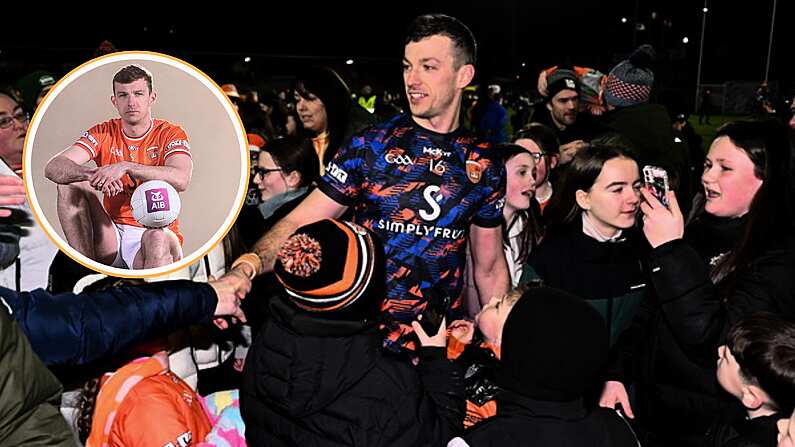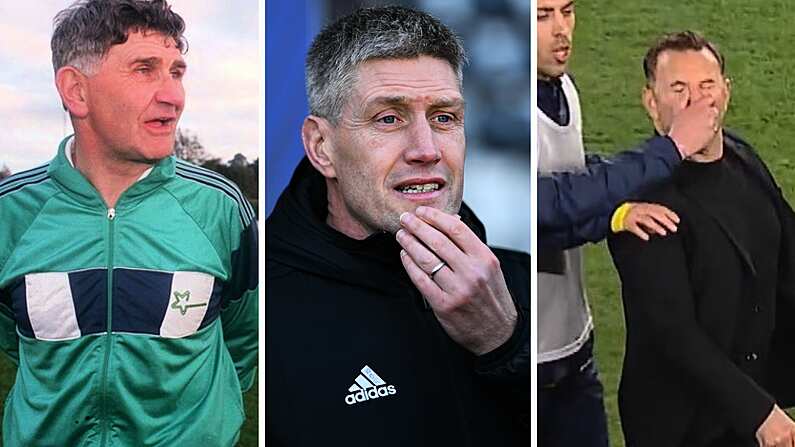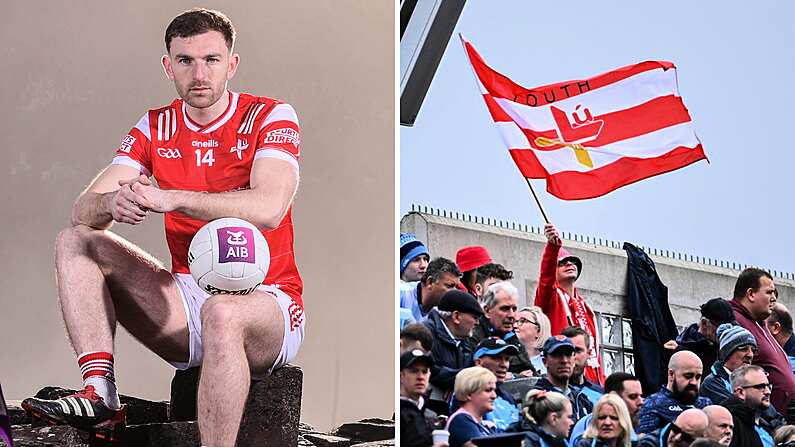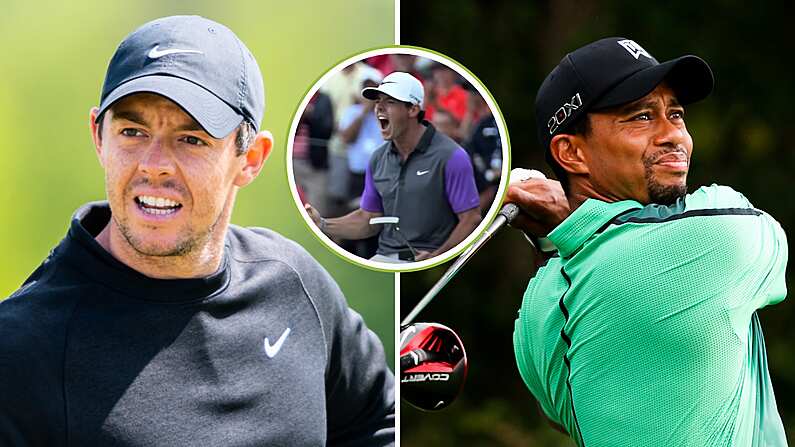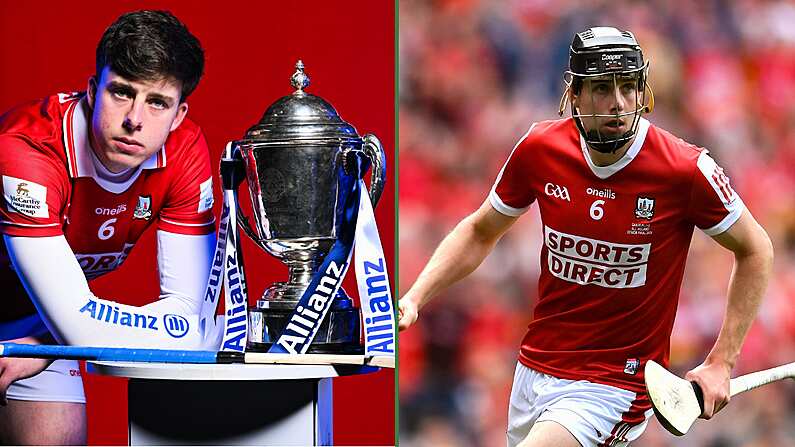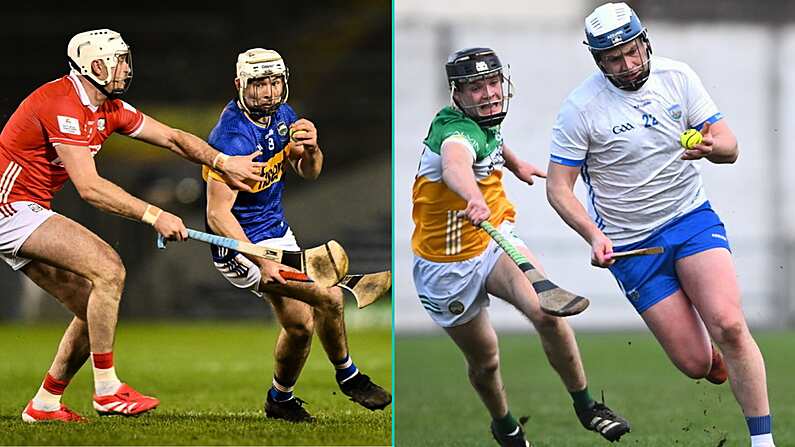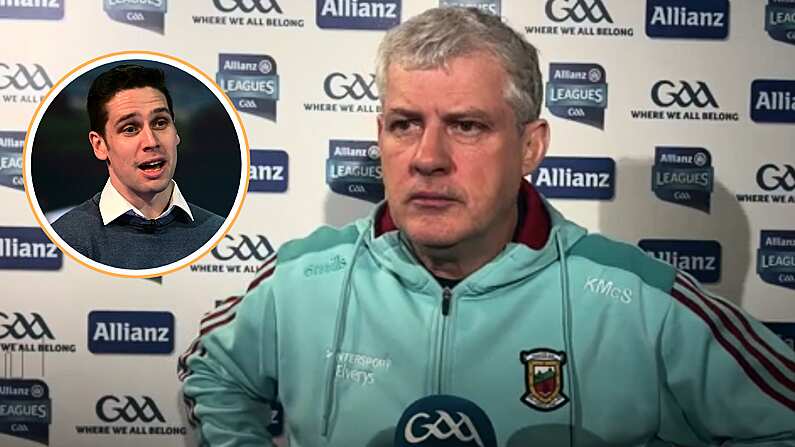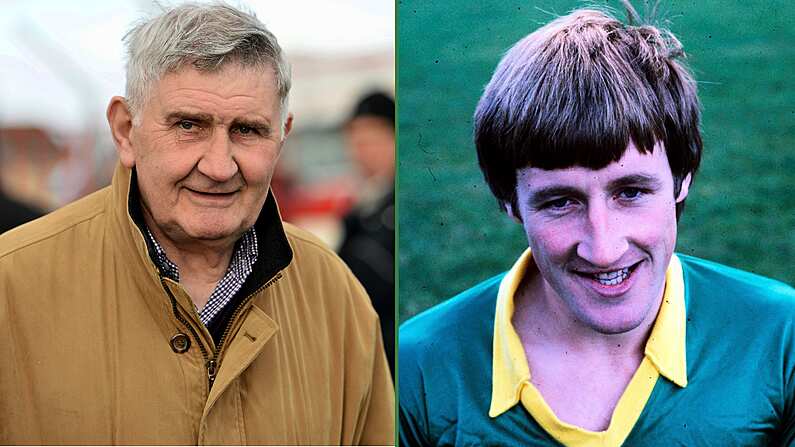Shay Connolly is a Dublin GAA man and an avid supporter of both codes. He played minor hurling for Dublin and has been with involved with Clanna Gael Fontenoy in Ringsend for over 50 years, holding numerous titles within the club, including player, manager, and club manager. The following is an opinion piece based on his experience within Dublin GAA.
*****
The Dublin football team’s quest for five in a row is causing a lot of angst among commentators and journalists alike. Fearing that no team can stop them, they are getting their retaliation in early before their worst nightmares are realised.
The Sunday Game programme last Sunday aired live coverage of the Leinster football final between Dublin and Meath.
The programme opened up with a ‘Prime Time Special’, which could have been titled “Oh My God, How Has It Come To This”, in relation to Dublin’s football success. It honed in on the amount of money Dublin GAA receive from Croke Park to run their business and one was led to believe this was the real reason for Dublin’s success.
Back to the studio, Ciaran Whelan made gallant protestations that this present Dublin team were in no way be impacted by Dublin’s general increase in funding, that their success is down to a uniquely talented manager and an exceptional group of players. Joanne Cantwell, though, kept coming back with, “But what about the money?”.
If you keep throwing the mud, it will stick.
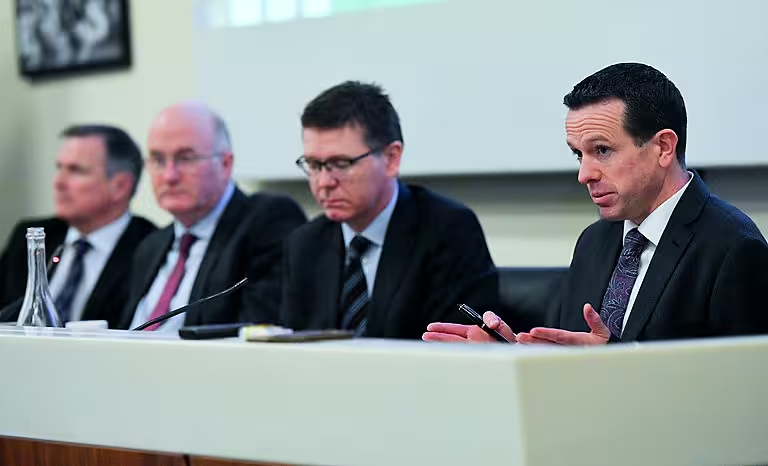
But it's far from just RTE or Joanne. Other commentators and journalists regularly play to their base by acting the bull in the Dublin football china shop.
Diarmuid Connolly was one of the finest pieces of china around. He is gone now. Before the false narrative of the money came into play, he filled their column inches and us Dubs were left feeling that a genuine injustice was inflicted on an amateur genius.
But what about the money?
If you are going to equate funding and Dublin GAA success, we should have a closer look.
In 2016, Mayo were the biggest spenders on their county teams with €1.6 million. Behind them, Dublin spent €1.5 million, with Cork, Galway, Tipperary, and Roscommon all over €1 million.
In 2017, Cork were the biggest spenders on their intercounty teams with €1.7 million spent, again closely followed by Dublin, with Mayo, Galway, Limerick, Tipperary and Kerry all over €1 million.
In 2018, it was Galway who topped the list with €1.8 million.
Dublin are obviously among the highest spenders time and time again, but they are not alone. They are also a genuine dual county attempting to compete at both codes. They don't scrimp, but neither do the other contenders.
Their football success is down to just that, football. They are tremendously successful because of the talent and dedication of the group. It's remarkable, but it's not unprecedented.
Kerry were the last team to win four All-Irelands in a row between 1978 and 1981. In the first final of that run, they dethroned All-Ireland champions Dublin by 17 pts. The following year, Dublin were felled by 11 points. In 1980, Roscommon offered the biggest test, beaten by just three. The next year, they had seven to spare against Offaly.
Now, Dublin have done the same as Kerry, but you could argue not as convincingly.
In 2015, Dublin beat Kerry by three points. In 2016, it took two goes to get a margin of one point against Mayo. It was another one point win against Mayo in 2017 before beating Tyrone by six points last year.
That's a collective martin of just 11 points for Dublin in their four in a row. Kerry's comibined total was nearly four times that amount. Was there a collective scratching of heads as to what could be done about Kerry’s dominance? Was there an inquest into the type of grass that was growing in Kerry? Did RTE dig into what type of eggs that the Kerry hens were laying?
My recollection of that time is that all the talk was of how good this Kerry team and their anager, Mick O’Dwyer, were.
But what about the money?
In hurling, Kilkenny have won 11 senior All-Ireland titles since 2000. How many titles have Dublin hurlers won in that period? How many finals have they competed in during that period? The answer, sadly, is, of course, none. In fact, it is 1938 since Dublin last won a senior hurling title. That's 81 long years ago and there was only one Dublin man, Jim Byrne, in the team. Hardly a unbreakable legacy.
But what about the money?
Dublin have won one minor football All Ireland since 1984. Kerry have won seven, including five in a row completed last year, a run that looks unlikely to stop at five.
But what about the money?
Dublin last won a minor hurling All Ireland in 1965. Since then Kilkenny have won 14 titles, Galway 12, Cork 11, and Tipperary eight.
But what about the money?
Dublin Camogie haven’t won an All Ireland since 1984. In the period since then Cork have won 14 titles, Kilkenny have won nine, Tipperary five and Wexford four. Dublin has not even contested a final in that time.
But what about the money?
Between 2005 and 2016, the Cork ladies' footballers have won 11 all Ireland titles, five in a row (2005 -2009) and six in a row (2011-2016), with only Dublin stopping them in 2010 from winning TWELVE IN A ROW.
But what about the money?
The GAA in Dublin isn't thriving in the way the national media would lead you to believe. It has huge problems. Large areas of the city have no GAA at all.
Finglas, with a bigger population than Leitrim, has only one GAA club, Erins Isle. Clondalkin, with a population of nearly 50,000 also has only one club, Round Towers, Jim Gavin's club. Neither club has competed at the top level of Dublin GAA for many years.

In working class areas of Dublin, the GAA is seriously under threat, and the powers that be appear to be silent on this and are prepared to concede these heavily populated areas to soccer. Over the years, both Gaelic Games and soccer have done a decent job in deprived areas of Dublin. To lose an established body like the GAA will lead to serious social consequences for those same areas down the road.
These areas could do with massive GAA investment... ah but you know yourself.
So what about the money?
Definitely look again at the distribution of money around the country. There is lots of improvement to be made across the board. But please don’t base it on the Dublin model because the Dublin model, if you were to base it on money, success, participation, and retention has failed dramatically. No doubt, the investment deficits that I have outlined above in Dublin are badly needed across all counties.
And finally back to this great Dublin Football team.

As the then manager of Clanna Gael Fontenoy GAA club in Ringsend, I witnessed first-hand the changes that were introduced in 2010 after Meath had beaten Dublin in the Leinster semi-final, putting five goals past them in the process.
In the winter months that followed, the panel gathered in our clubhouse at 8.00pm each Sunday night. They gathered at the back pitch beside the beach with as cold a wind that would test the Russian Ice Hockey team blowing in from the Irish Sea.
While everyone else was winding down and heading for the leaba to prepare for the week ahead, these guys were testing out the changes that Pat Gilroy and Mickey Whelan were trying to implement in an A v B match.
This was probably their fifth or sixth gathering of the week. It was very much stop/start. Mickey Whelan played Bad Cop, screaming at players if they got it wrong, and Pat Gilroy, Good Cop, putting a consoling hand on the offending player’s back and whispering to him what he did wrong within the game plan.
I kicked the ball back to Stephen Cluxton a few times from behind the goal. Little did I know then that he was to change the face of Gaelic football forever.
They usually pulled out of our car park at 10 o'clock each Sunday night. It was nights like these, I believe, as they tried to incorporate a defensive strategy, that the basis for the success of this football team’s era was laid to end that long 16 year famine the following September. Then, in 2013, in came Jim Gavin with all the polishing cloths of a Dublin nanny doing her brasses to put the finishing shines to a steely exterior.
Running parallel to all of this were the likes of Paddy Christie who, with others, was producing players from Ballymun, one of Dublin’s most socially deprived areas. Against all odds, Ballymun Kickhams have produced the backbone of players throughout this reign, and, remarkably, their players have won 26 All-Ireland medals since 2011. What some of these players achieved in the face of such adversity is nothing short of incredible.
This achievement alone lays folly the notion that money is the sole contributor to this wonderful, incredible, fantastic and exhilarating Dublin football team.
If other counties believe the fake news well then it will be longer still before they break their dominance.
Deep down they know what has to be done, and they know it has nothing to do with money.


